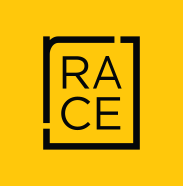By Filipe Andrade
Media relations are not all the same! There are many different sectors and markets, all with their particularities and different opportunities. One example is media relations for the pharmaceutical market, an area that is rather specific, and with great potential to be explored.
Within the pharmaceutical market, generally speaking, we can say that there are, at least, four subdivisions – pharmaceutical companies (laboratories), distributors, chains and/or independent pharmacies and organisations representing pharmaceutical professionals. Consequently, the media relations professional needs to define his or her space in these contexts.
Being a market in the health sector, there are, obviously, a series of requirements, legislations and rules that define the work on this market and, consequently, the communication needs to be planned according to these criteria. For example, the promoting of new products (drugs) to the public is only authorized when these are so called over the counter drugs (medication that does not need a prescription). In all other cases, according to the legislation, the promotion can only occur directed exclusively at media outlets specific to the health segment, with clear information about indicated use, contraindicated use and dosage.
Specialized media relations consultancy, such as that of the pharmaceutical market, also requires extra attention to the language and to the interpretation of technical terminology and technical topics. It is important that the media relations professional has a good capacity of “translating” the technical and scientific topics to a more casual language, suitable both for the journalist as well as the public.
One of the conditions for the media relations consultancy, generally speaking, is the increasing segmentation of content, including content related to the pharmaceutical market.
Important: when speaking of segmentation of media relations consultancy, this does not mean that mainstream media should be downgraded to a plan B status. Quite the contrary, they should be a central part of the communications strategy, sharing the space with segmented media.
For this reason, it is worth exploring the inumerous health blogs, YouTube channels, Instagram profiles and other social media channels, which the democratization of the digital communication made possible, in order to make messages accessible to the end consumer.




